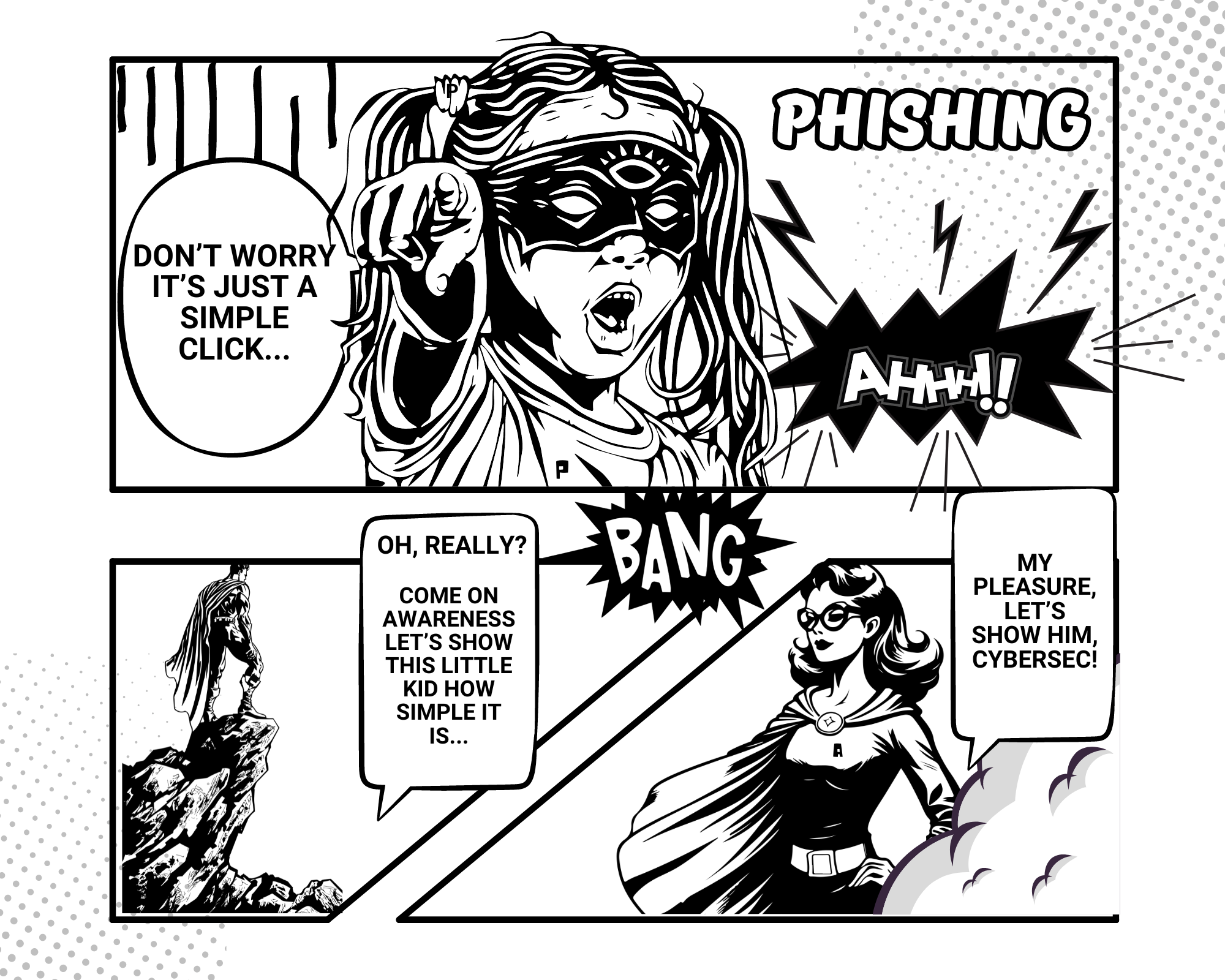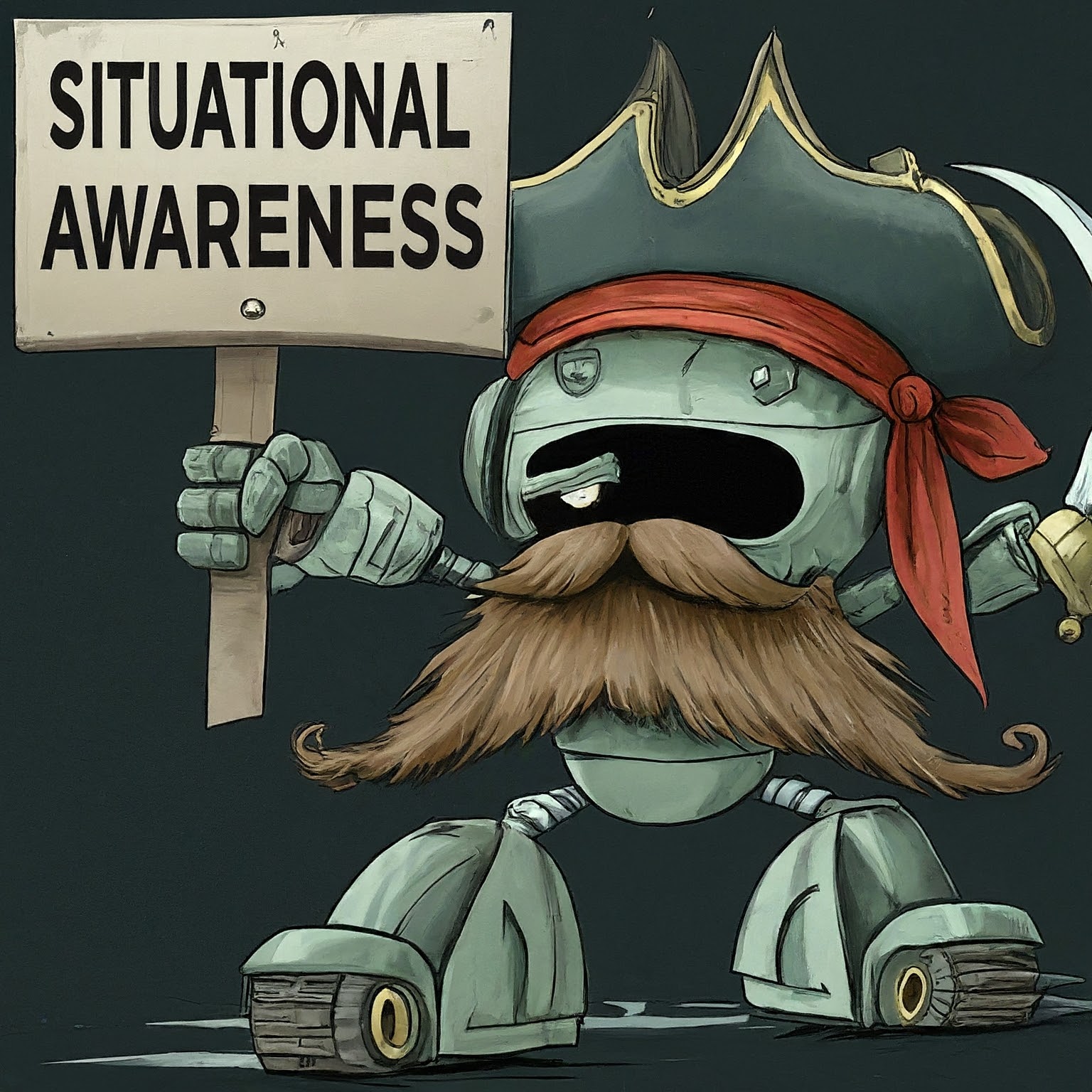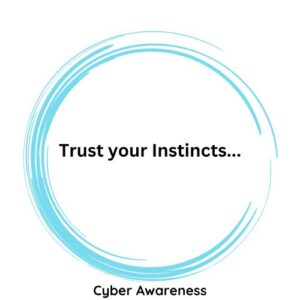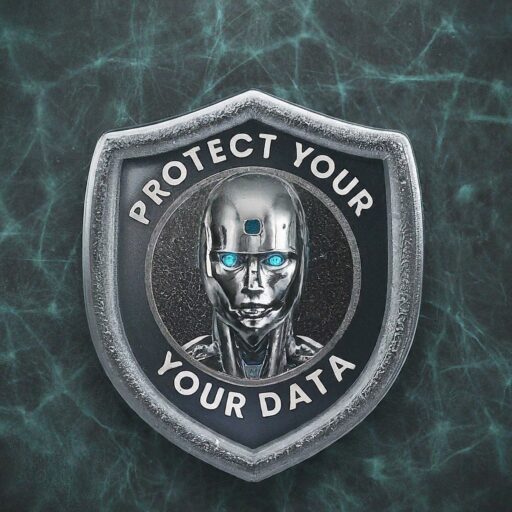It’s just One Click Away…
It’s that time again to brush up on our cyber-savvy skills and stay one step ahead of those sneaky cyber threats!
🎨 Check out my latest cartoon highlighting the dangers of phishing attacks! I called it “One Click Away, how easy it is to fall victim to Phishing”🎣.
Remember, phishing emails are like baited hooks 🎣—they may look harmless at first glance, but they’re designed to reel you in and steal your sensitive information! 🔐
Here’s a quick refresher on how to spot and avoid falling for phishing scams:
–Always double-check the sender’s email address. Phishers often use fake or similar-looking addresses to trick you!
–Beware of urgent requests for personal or sensitive information. Legitimate organizations won’t ask you to provide this via email.
–Trust your gut. If something feels off or too good to be true, it probably is!
Let’s work together to keep our digital life safe and secure!🛡️ Stay cyber-aware and stay safe!! 💪
Enjoy my Phishing cartoon!





